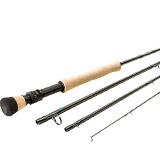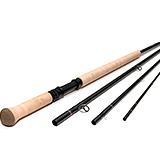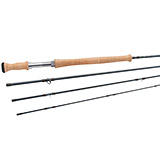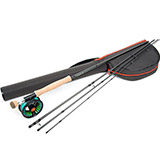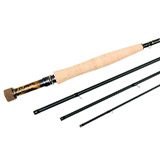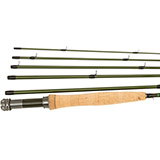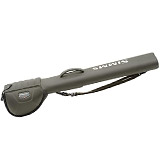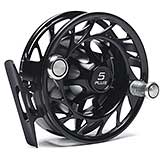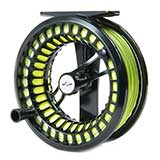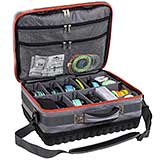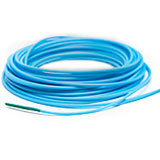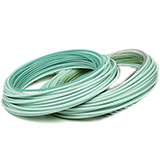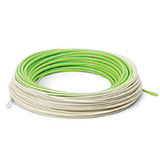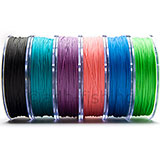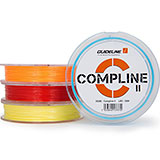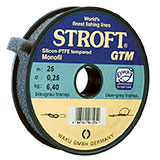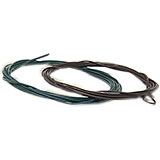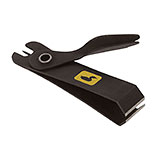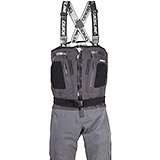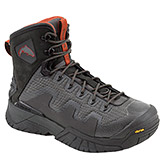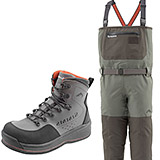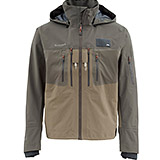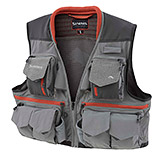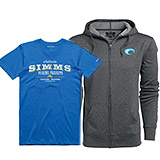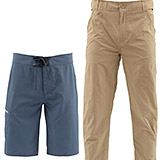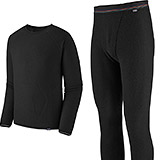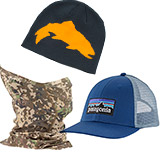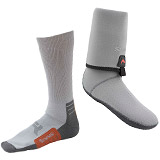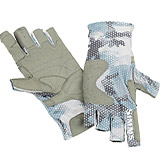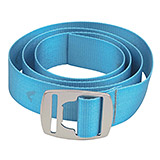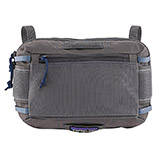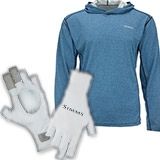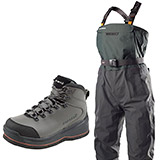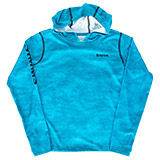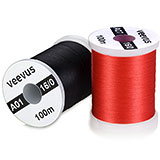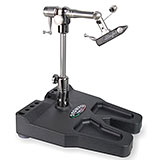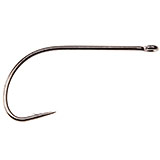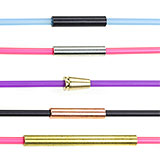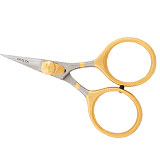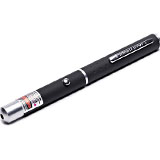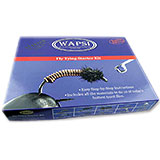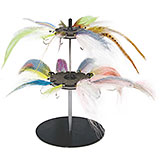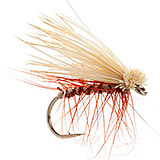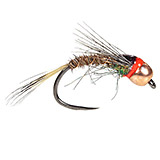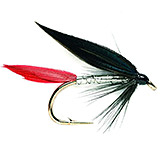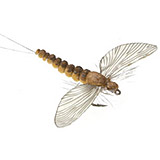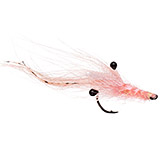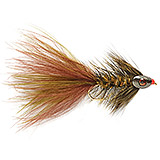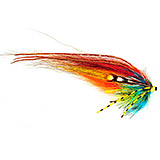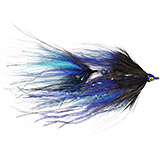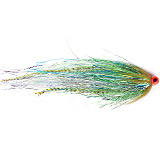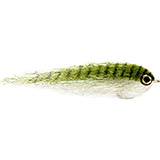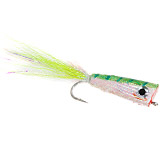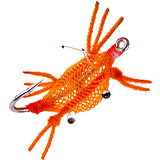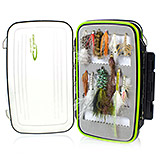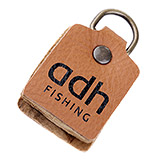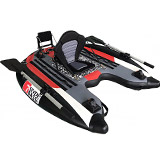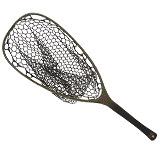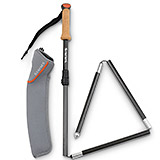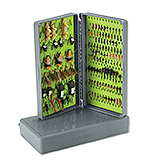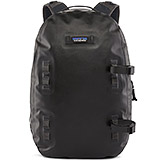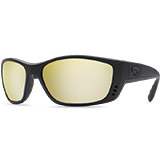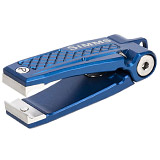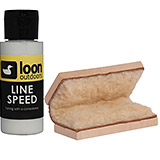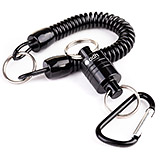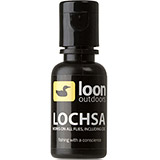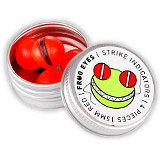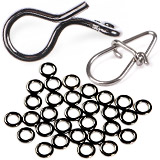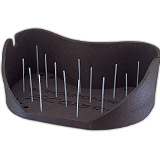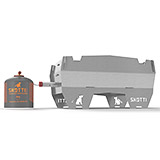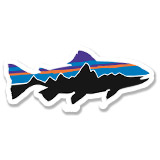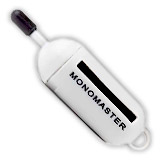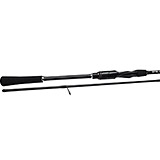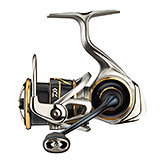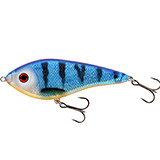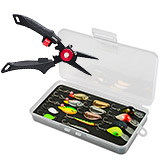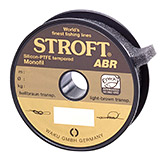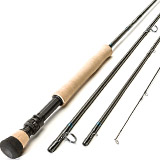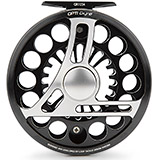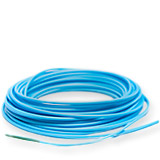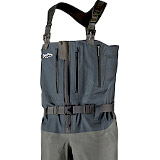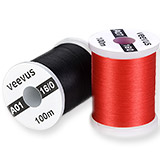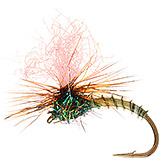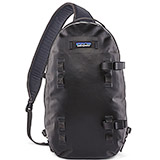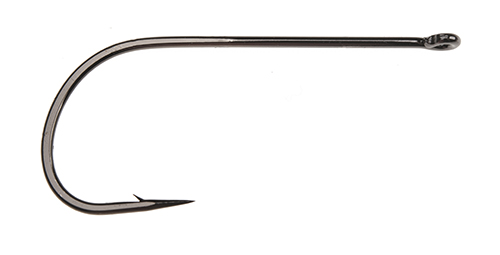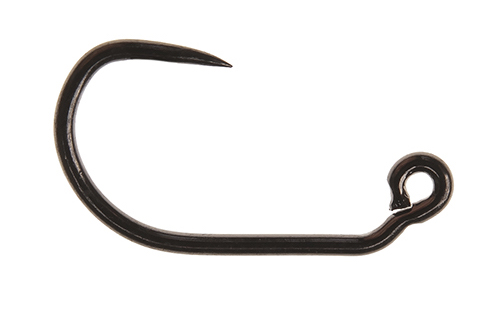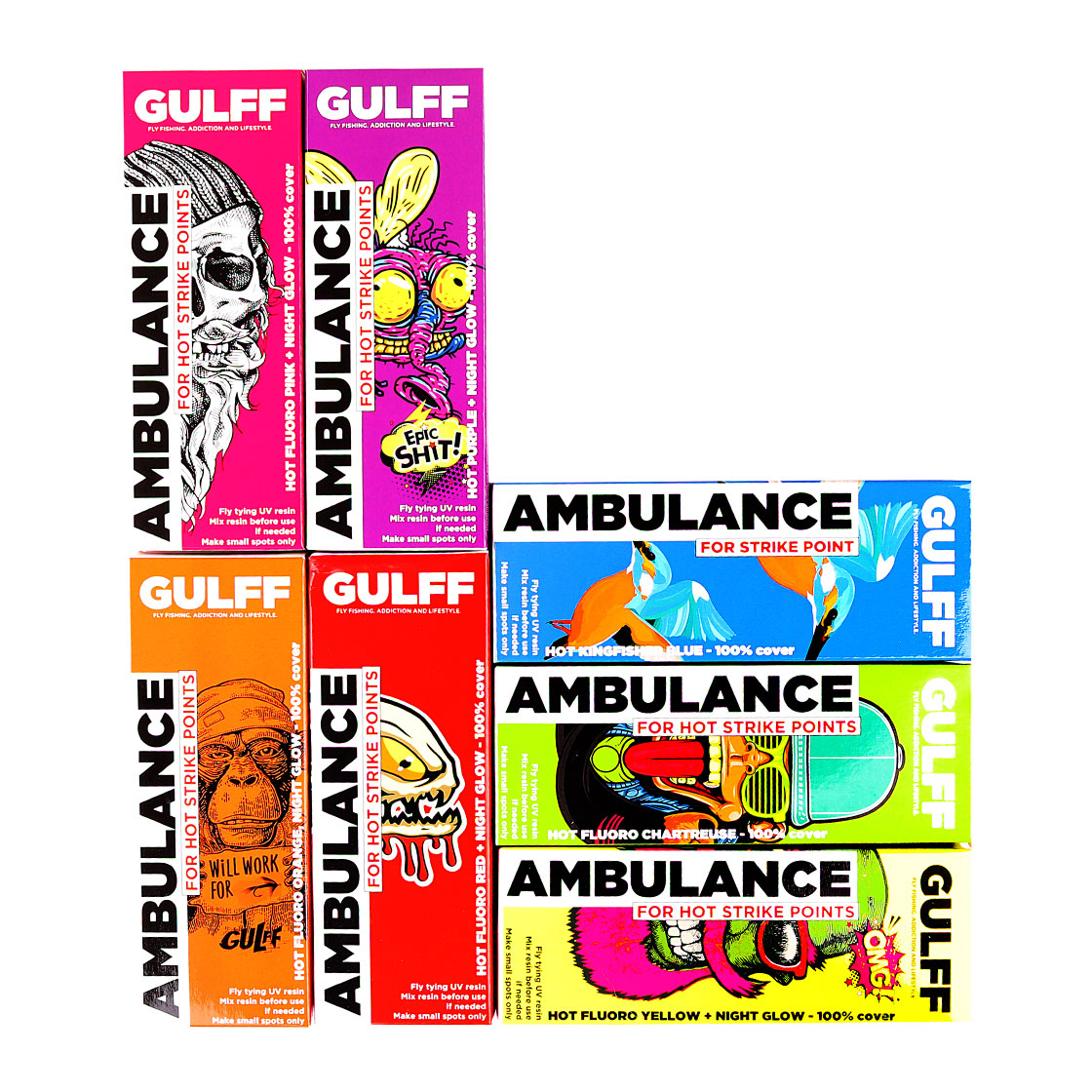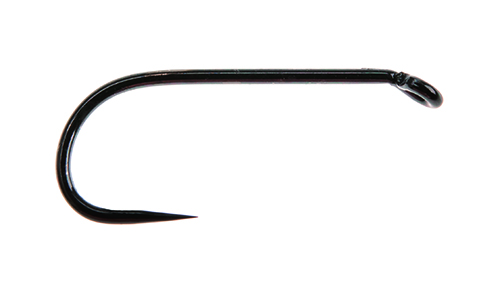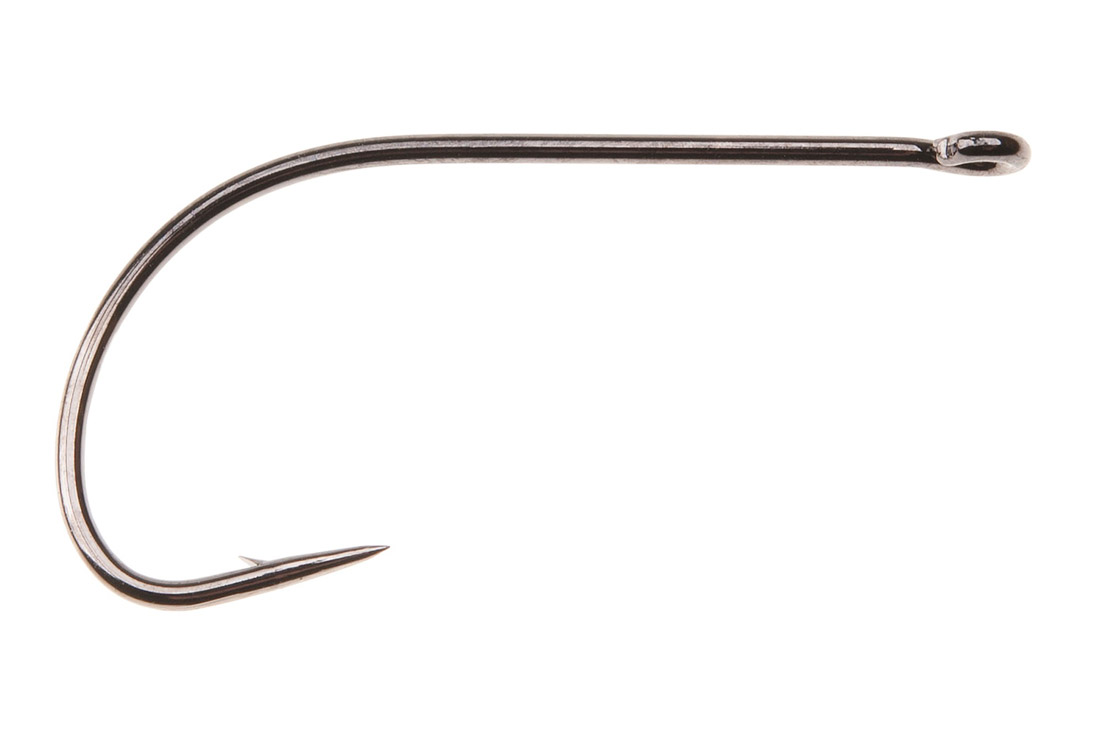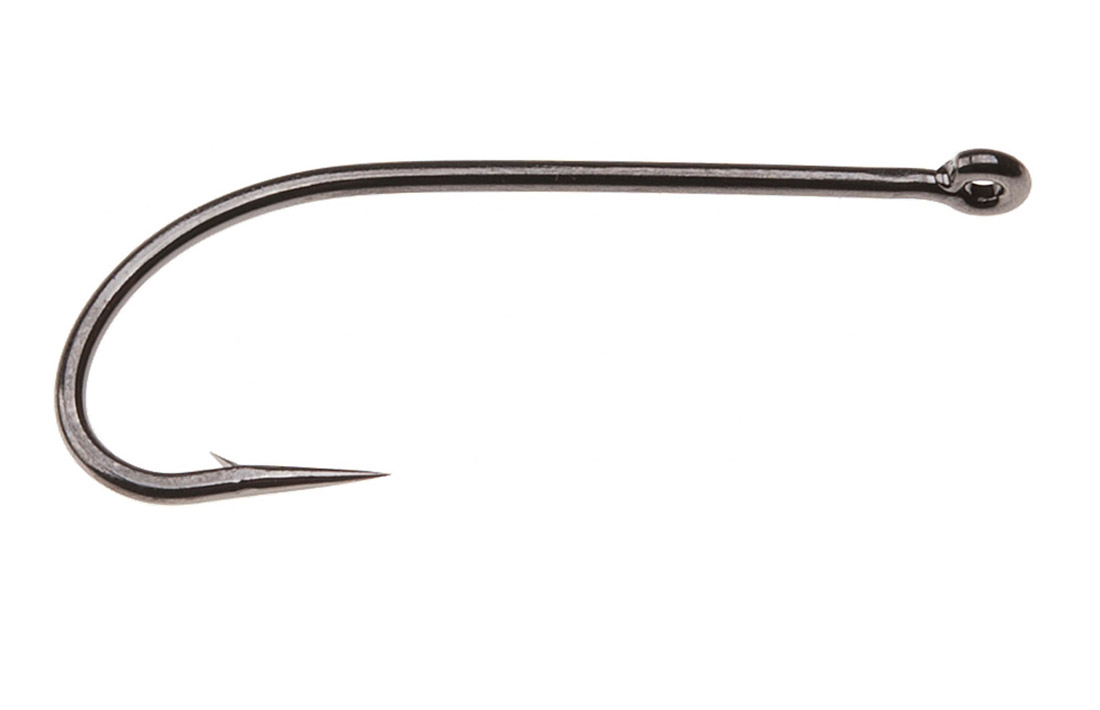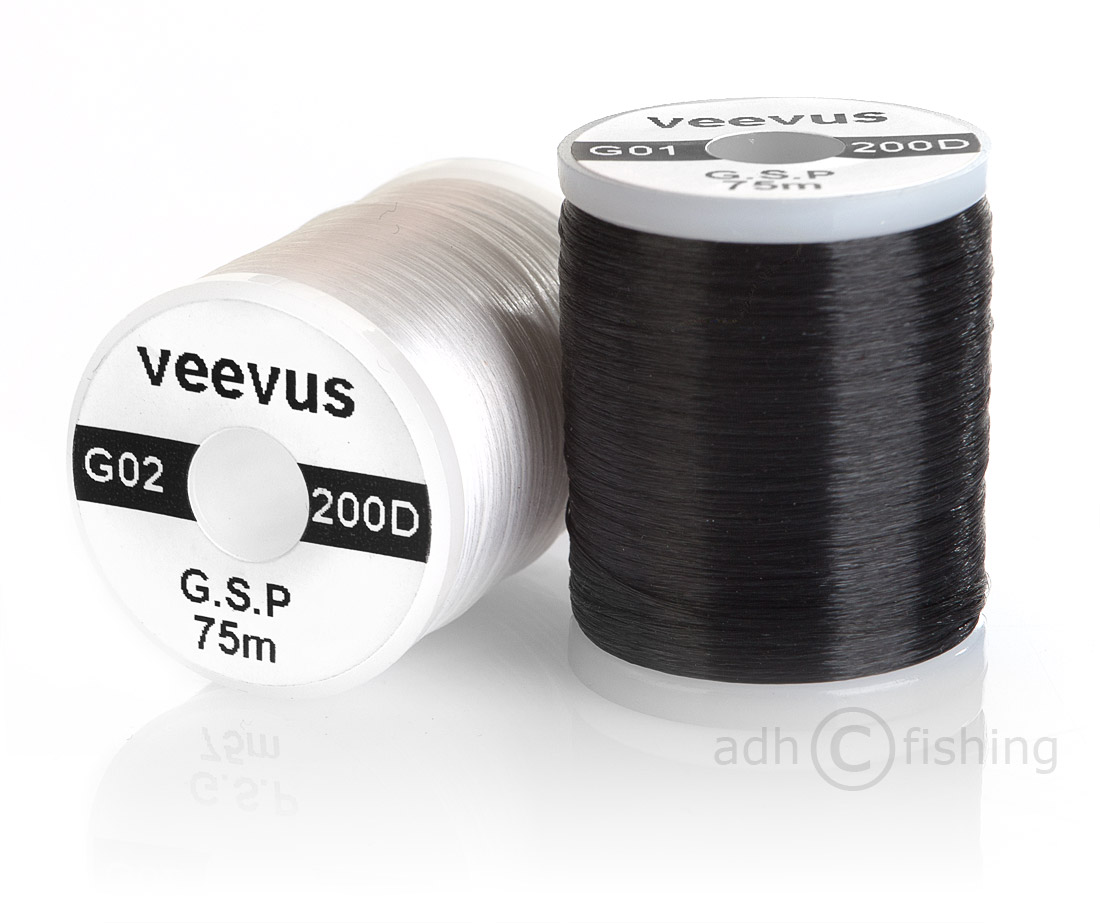Talking to fly tying expert Holger Lachmann - The One Fly
The One Fly - Does it exist?
Holger Lachmann has been a prominent face in the international fly-tying scene for many years and is well known to many people not only because of his blog ‚The One Fly‘. We talked to Holger about his passion and got some tips for tying dry flies, nymphs and streamers.
adh-fishing: Hello Holger! You started fly-fishing very early and also tying your own flies. How did this come about?
Holger Lachmann: Hi Alex! As my father is an angler, I have been on the water since I can walk. At the age of 12 I suddenly found fly fishing interesting. It was something completely different and also something 'exotic', because nobody in our club actually did it. My father had a small box with flies and I used it first. When they became less and less, I started tying them. If I remember correctly, I have not bought a fly to this day. The first fish on a fly, an approx. 25cm large brown trout at a river mouth of the Weser, made me addicted. This direct contact with the fish was simply fascinating.
adh-fishing: You are known to many fly-fishers from international shows and fairs and of course through your great blog 'The One Fly' and through your social media presence. 'The One Fly' ... why this name? Is there the one fly for you?
Holger Lachmann: The 'one' fly is always the one we have on the leader. In which we place our trust, from which we hope for success. Every fly can therefore be 'the one fly'.
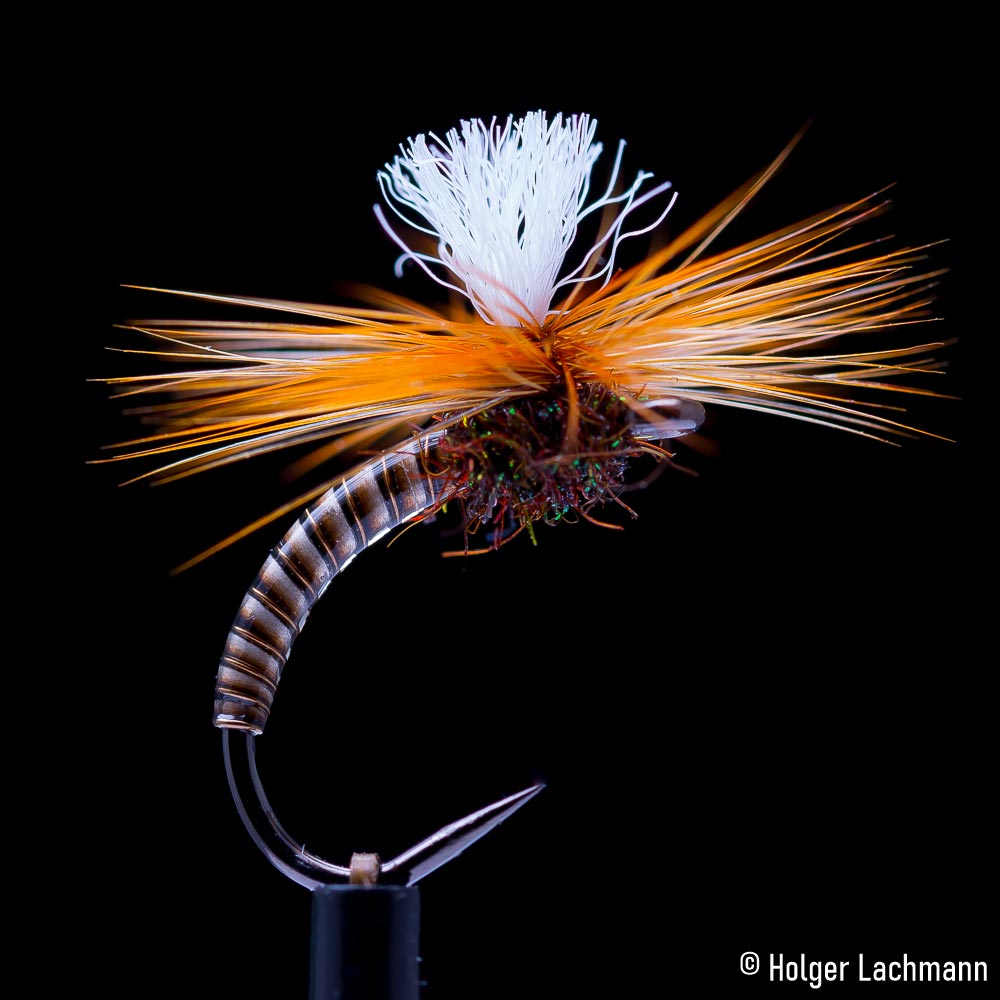
The 'one' fly is always the one we have on the leader
adh-fishing: On your blog and on your Instagram account you regularly present new patterns and your own creations. Where do you get your inspiration from and who has shaped you on your way.
Holger Lachmann: Inspiration comes from everywhere. Ideas on the water, photos in the media, from other fly tiers, from other patterns. To perceive our beautiful hobby with open eyes - that's why you have an inexhaustible source of inspiration. I have been particularly influenced by three people: Karl-Heinz Golüke, who always took me fly-fishing and to fairs when I was young. He showed me how to cast, the basics of tying and lots of tactics. With him I also went sea trout fishing for the first time. I owe him a lot. Marc Petitjean, because his flies and his innovative ideas have always inspired me. In the course of time I had the pleasure to meet Marc often at fairs and also to tie shoulder to shoulder with him. He is one of the nicest people I met in the 'scene'. An absolute role model. Andy Weiss, he inspired me by his creative way and the ability to think outside the box. He also helped me a lot in the world of fairs and shows to go the right way.
adh-fishing: For some fly-fishers, tying is a necessity. For fishing they need a well sorted box of proven basic patterns. Others, however, spend many, many hours at the tying table and let their creativity run free. What does your fly box look like? Do you try out every new fly on the water?
Holger Lachmann: At least I try. For example, if I have an idea for a sea trout fly, but I can't get to the coast in the foreseeable future, I send it to friends on the coast. With the request to be honest if something doesn't work out as I thought it would. Constructive criticism is always welcome! I have basic patterns which I trust, but which I like to change and 'pimp' from time to time. For better or for worse :) Then there are new flies, from which I hope for good success. Basically I tie flies for fishing. The flies should first and foremost please the fish, and if I find them good, I have all the more confidence.
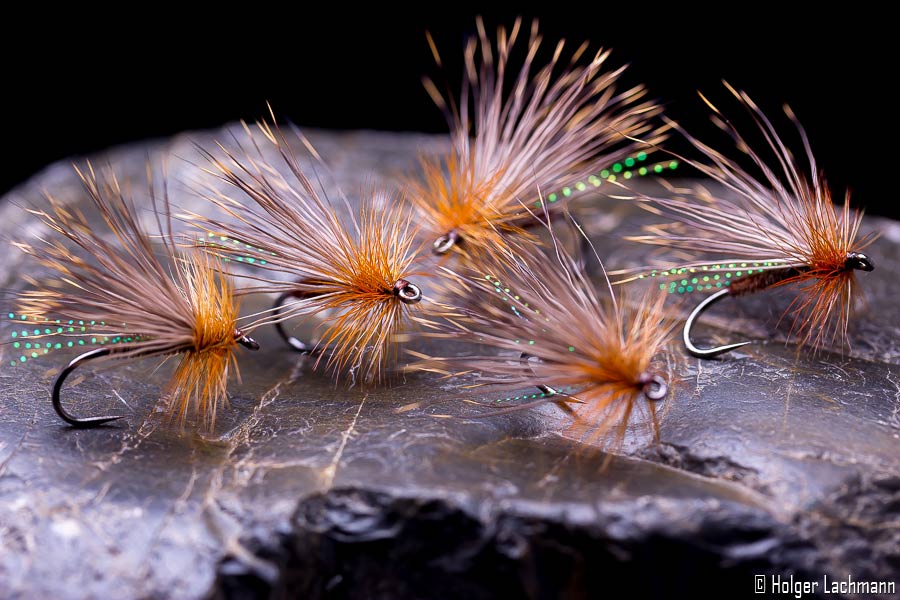
Flies should first and foremost please the fish - Holger Lachmann
adh-fishing: Every day thousands of patterns are displayed on Facebook and other social networks. What is a 'good' fly for you? When does a fly attract your attention and are there criteria for the quality of a fly?
Holger Lachmann: Flies that immediately make you think 'IT WILL CATCH!!!', flies that are clean and well tied are good flies for me. There are so many great fly tiers in this world. Again and again patterns appear which inspire me and where I ask myself 'how did he do that?' Over the years one has developed a certain eye for whether a fly is well tied or whether it will cause problems on the water, for example because the soft tail is constantly wrapped around the hook when casting and the fly will not run properly as a result.
adh-fishing:You are not specialised in a certain group of flies, but you are a real all-rounder and present dry flies, nymphs, sea trout flies and streamers for predatory fish. But which flies do you prefer to tie?
Holger Lachmann: All! In this respect I am terrible. Today I tie a nymph with delight and tomorrow I have only pike streamers in my head, the day after tomorrow dry flies.
It also depends a lot on the fish that is haunting my head. When I know that a sea trout tour is coming up soon, I naturally prefer tying sea trout flies. As the season opening of the trout season approaches, I tie more nymphs and dry flies. That's where the fly fisherman comes through.
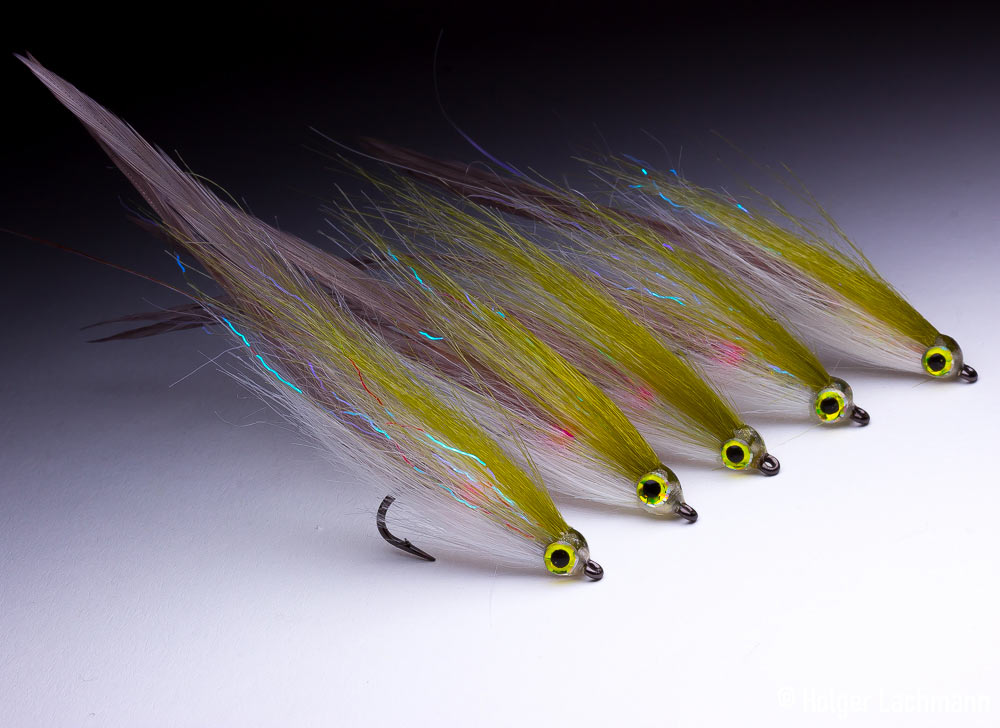
Versatile Baitfish streamers by Holger Flachmann
adh-fishing: Personally I like your dry flies especially well. You like to work with Whiting products and tie beautiful hackle flies - both parachute style and classic. Do you have a tip for working with dry fly feathers?
Holger Lachmann: This is where quality really pays off. Whiting definitely has the cock feathers in the best quality. For example, if I only have to do 2 or 3 hackle turns for a parachute instead of 5, it not only looks better, it also makes the fly more stable and it swims better. In addition, tying the parachute is easier. I am a fan of thin GSP (Dyneema) tying threads in 30D and 50D. Several turns of thin thread simply hold better than a few turns of thick thread. In addition, tying can be done with high tensile strength.
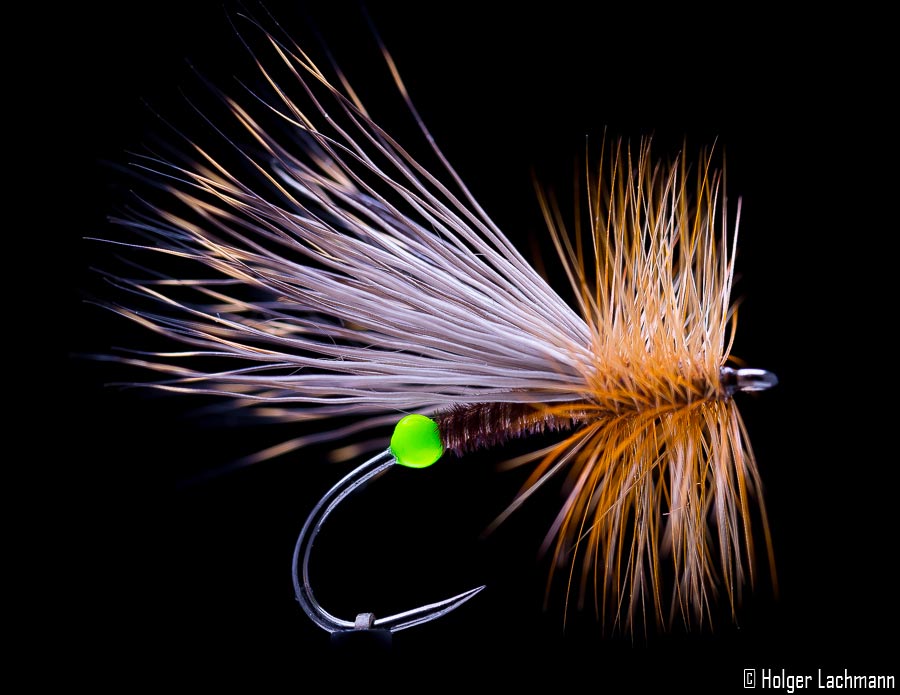
High-quality feathers make tying much easier - Holger Lachmann
adh-fishing: Apart from some traditional nymph patterns and interpreations of classic patterns, you have also tied very modern nymphs in recent years a lot. Such as those used for Euro Nymphing. Where does this interest come from?
Holger Lachmann: That can be explained quickly - these modern nymphs are super effective. Most of them are tied very quickly and catch your fish reliably. I personally love casting and love the flying line in the air, but modern nymph fishing opens up completely new/different possibilities. Therefore it is a great component of fly fishing. In order to 'get to grips' with this subject, i recommend the book 'Nymphenfischen - Geheimnisse entlarvt!'
adh-fishing: You fish a lot with the nymph yourself. What distinguishes a catchy nymph for you and what should you pay attention to when tying nymphs.
Holger Lachmann: A nymph should reach the depth where a fish eats quickly, but should not be unnecessarily heavy, so that it moves as naturally as possible in the water column or is carried along by the current. Furthermore, nymphs should not be too "pudgy". The natural insect is usually quite slim and a thin nymph sinks more quickly than a plump nymph.
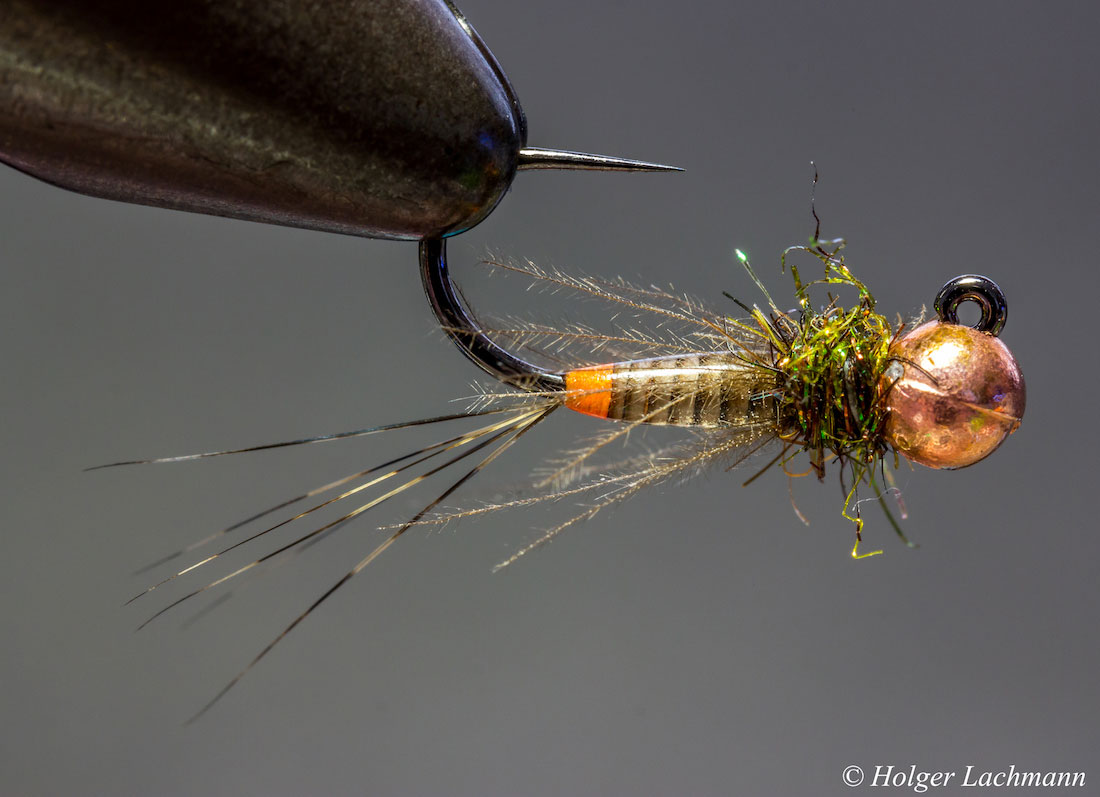
Slim Tungsten Jig Nymph
adh-fishing: You are not only a passionate fly-tyer but also an active angler. If you had to choose: rod or bobbin?
Holger Lachmann: If I had to choose with the knife on my chest, I would definitely choose the rod. But I see the fly fishing experience as an overall concept, including fishing, tying, casting, rod building if necessary, literature, ... There are so many exciting facets of fly fishing.
adh-fishing: One of your backyard rivers is the Weser. There you fish for asp, for example. But you can also be seen fishing for pike, trout or sea trout. What is important to you when you tie a streamer and what are your favourite materials?
Holger Lachmann: A good streamer has to move in the water as well as possible and must not get tangled up even with long throws. It is not always easy to reconcile this, but it is an exciting challenge. In general I am a friend of relatively soft materials. Nayat is perfect for larger flies, because it is robust, but moves superbly in the water. Most types of Craft Fur are also great for streamers. Marble Fox is a very nice material. Natural hair moves excellently under water and keeps more volume than e.g. Marabou. Especially in stronger currents.
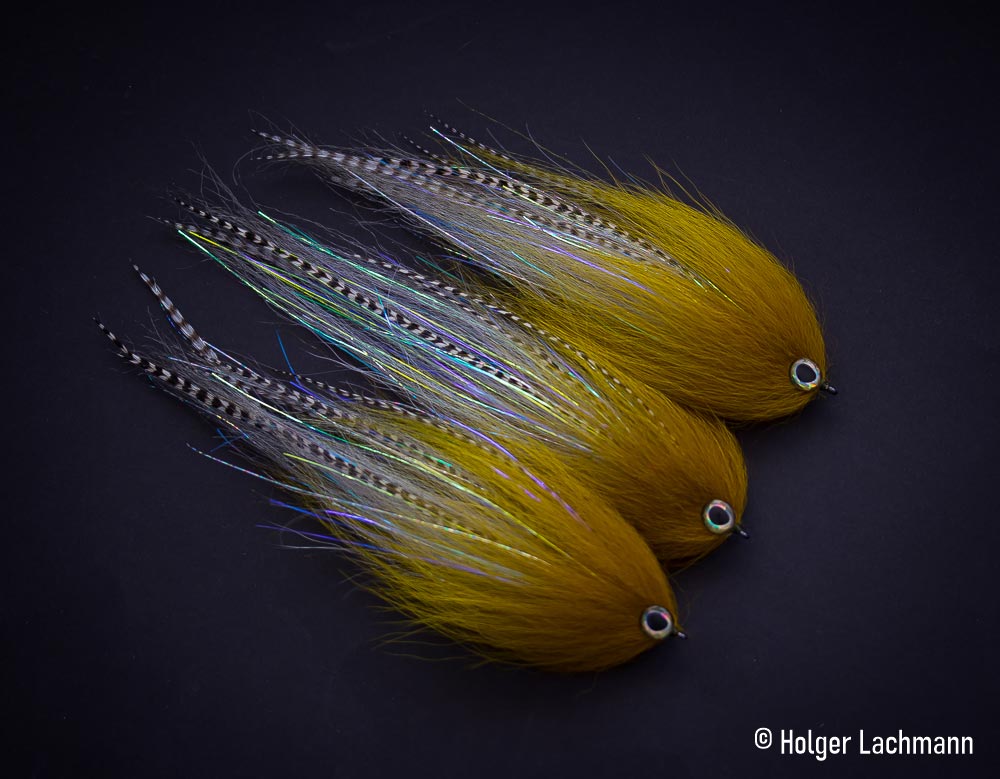
Nayat is a versatile tying material for large streamers
adh-fishing: You work a lot with the hooks from Ahrex. What makes the models from the Danish company so special for you and which hooks do you like to use most?
Holger Lachmann: Simply, Ahrex hooks fit exactly for our European fishery. Ahrex also has the courage to produce hook models that were not yet commercially available in this form, but which greatly enrich the market. I especially like to use the NS 110, NS 122 and the TP 605 - super hooks for all kinds of streamers for trout, asp, perch and sea trout. For pike the TP 605 and the PR 350 in 4/0 and 6/0 are ingenious. For nymphs and dry flies I use the whole range of the Freshwater series, depending on which insect I want to imitate.
adh-fishing: Every few days you present a new fly on your blog or instagram. Are there any flies that are so good that you keep them to yourself? Would you let everyone look into your fly box? There are supposed to be fly fishermen who are very particular :)
Holger Lachmann: Everyone can look into my boxes. Such secrecy is idiotic. I also think it's great when others show their successful samples and share their experiences. It's great when I could inspire someone and they catch a great fish with one of my patterns. There is no better way for me.
adh-fishing: You spend more time tying flies than most of us and spend a lot of time on the vice. What does your fly tying place look like and which tools and materials could you not do without?
Holger Lachmann: I think my tying are looks quite normal. Vice, a lot of glue and paint bottles, a solid wooden toolcaddy for all the tying tools, a plastic waste can and a bright LED lamp. When I'm creative the table is also full of bags of different materials, because I like to jump from a Midge to pike flies and accordingly many material bags are on the table. I couldn't do without a good vice that really holds every hook bombproof. Nothing is worse than the hook slipping in the tying vice during the tying process. And I wouldn't want to miss my old Whip Finisher. A very cheap tool, which I have had for 20 years and had to repair several times. But I still prefer to work with it :)
adh-fishing: New tying materials are constantly being introduced to the market. Which materials have you particularly liked in the recent past?
Holger Lachmann: The diversity of new UV glues, such as those from Gulff. In general, I like the trend towards more UV-active/fluo materials. Nayat is now available in a super quality. There are more and more different materials and the quality is usually better than before. It is amazing how many different materials are out there and i like to try new things.
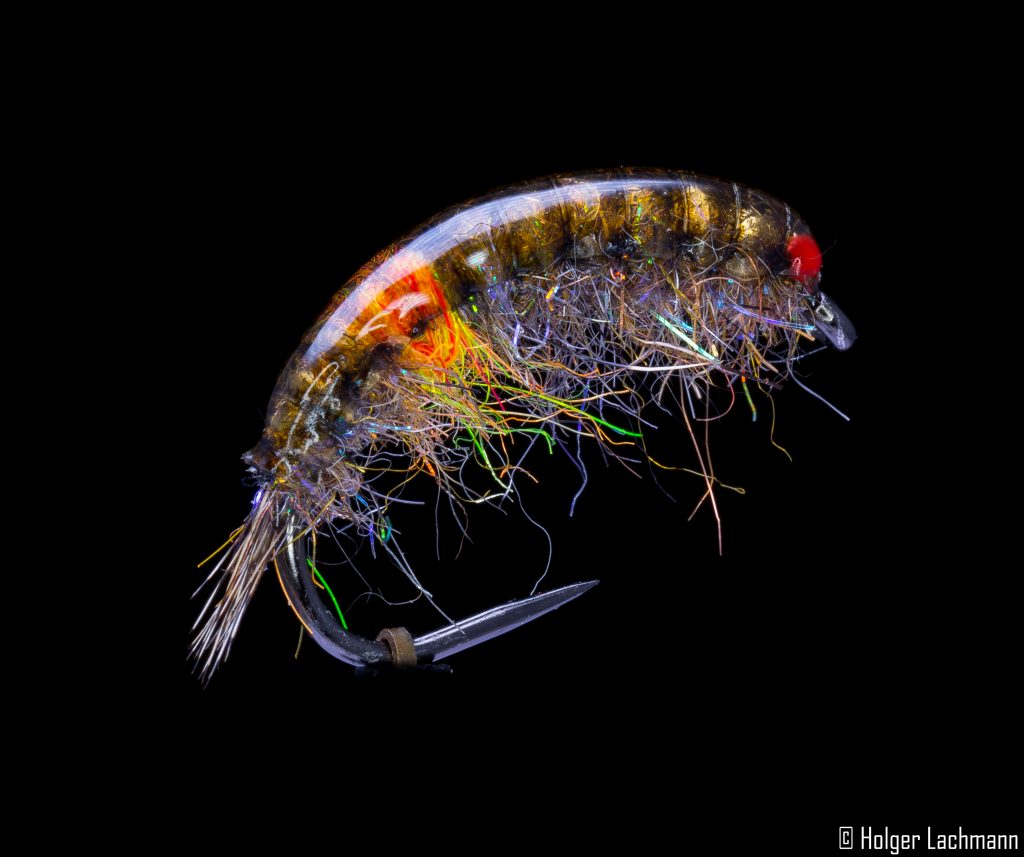
UV glue has greatly enriched fly tying
adh-fishing: Autumn and winter offer the best opportunity to start tying flies. There is less fishing and the evenings are long. What important tips would you like to give a beginner?
Holger Lachmann: I have four tips for you. Less is more! For example, it is better to brush out a thinner dubbing body a little instead of winding a thick dubbing noodle onto the hook. Especially with pike flies the target should be to reach its volume without a lot of material. Otherwise the streamer will hang in the water like a wet sock and will be difficult to cast. Always with tension! Then it is very important to always work with the highest possible thread tension. If you don't break the thread every now and then, you are doing something wrong. Thin GSP threads often help smaller flies in particular to maintain a good silhouette and prevent head knots from becoming unnecessarily large. Quality pays off! Especially with natural products it pays to pay attention to good quality and not only to the price. This makes tying much easier. Best possible tying! Five neatly tied flies are better than ten "slurred" ones, which you don't fish in the end because you don't like them anymore. And of course: have fun tying and don't get discouraged if something doesn't work the first time! :)
adh-fishing: Thanks for your tips and the entertaining conversation, Holger! Have fun and success on the vice - and one the water!
You can find more flies by Holger Lachmann on his Instagram account, on his blog 'The One Fly' and on his YouTube channel.

